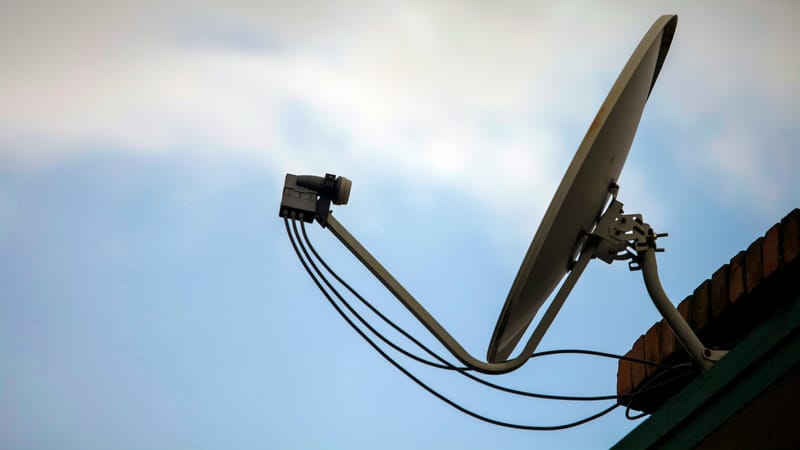For years, StarSat, the pay-TV operator in South Africa, has lived in the shadows of MultiChoice’s DStv, often perceived as the underdog in an industry where market dominance is fiercely guarded. When news broke that the Independent Communications Authority of South Africa (Icasa) had pulled the plug on StarSat’s broadcasting infrastructure, it seemed like yet another chapter in the turbulent journey of an operator long struggling for market relevance.
At the heart of StarSat’s operations is a complex corporate structure that ties it to StarTimes, a Beijing based media powerhouse, and On Digital Media (ODM), its original South African parent company. ODM first launched as TopTV in 2010, positioning itself as an affordable alternative to DStv. However, financial struggles forced ODM into a business rescue plan, opening the door for StarTimes to acquire a 20% stake, which eventually led to the rebranding of TopTV into StarSat
StarSat vs MultiChoice
StarSat has always played catch-up to MultiChoice, which dominates pay-TV in Sub-Saharan Africa with an estimated 21 million subscribers. In comparison, StarTimes StarSat’s parent entity has a projected 19 million subscribers across the continent. But in South Africa, StarSat has struggled to carve out a significant slice of the market, competing with DStv’s robust sports rights, extensive local content, and strong brand loyalty.
MultiChoice has long understood the African market’s appetite for sports and exclusive content, locking in deals with FIFA, the English Premier League, and other premium entertainment providers. StarSat, in contrast, has positioned itself as a cost effective alternative, with a diverse content catalog that includes Chinese programming, Nollywood films, and African cultural productions. However, affordability alone has not been enough to dislodge MultiChoice’s grip on the premium and mass-market segments.
StarTimes vs Multichoice
StarTimes’ footprint in Africa is significant. Operating in more than 30 countries, it provides services to millions through Digital Terrestrial Television (DTT) and Direct-to-Home (DTH) satellite platforms. Unlike MultiChoice, which has focused on premium content and high-income households, StarTimes has aggressively pursued a mass market strategy, offering affordable bouquet packages and digital migration solutions for terrestrial television in several African nations.
A critical aspect of StarTimes’ success has been its ability to integrate local programming into its services while benefiting from Chinese state-backed financing. This approach has given it an edge in rural and lower income markets, where its pay-TV packages are often significantly cheaper than those of MultiChoice. The company has also played a key role in Africa’s transition from analog to digital broadcasting, securing government contracts in multiple countries to supply decoders and build digital infrastructure.
Beyond South Africa, the battle between StarTimes and MultiChoice is playing out in markets such as Nigeria, Kenya, and Tanzania. For instance, in Nigeria, MultiChoice’s GOtv and DStv dominate urban centers, while StarTimes thrives in semi-urban and rural areas where affordability is a greater concern. In Tanzania, the rivalry took an ugly turn when authorities temporarily suspended some of StarTimes’ services, citing regulatory concerns similar to those seen in South Africa.
One of the most contentious points of competition has been sports broadcasting. While MultiChoice holds exclusive rights to the English Premier League and UEFA Champions League, StarTimes has secured rights to local African leagues and tournaments, including the Uganda Premier League and Kenya’s FKF Premier League. This localized strategy has allowed StarTimes to appeal to nationalistic sentiments and gain traction in markets where football is a major cultural force.
Future of Africa’s Pay-TV Landscape
StarSat’s South African troubles mirror broader challenges faced by pay-TV operators in Africa. Licensing requirements, foreign ownership rules, and content regulations are increasingly shaping market entry strategies. The Competition Commission, for example, has been investigating both MultiChoice and StarTimes for anti-competitive practices related to content exclusivity.
Moreover, streaming services like Netflix, Showmax (MultiChoice’s digital arm), and Amazon Prime Video are adding pressure to traditional satellite-based pay-TV models. In markets with rising internet penetration, the battle is shifting from satellite dish installations to mobile and broadband based content consumption. StarTimes has already responded to this shift by launching its own streaming services, while MultiChoice is heavily investing in Showmax as a long term hedge against declining satellite TV subscriptions.







